Have you tried every tip and hack out there to get more traffic to your website, but you still aren’t getting the high-converting traffic you need to grow your business?
Truth be told, it’s not hard to get more traffic to your website, but many business owners find that they’re getting the wrong kind of traffic.
But, wait. Isn’t all traffic good traffic?
Not even close.
Getting more traffic that has no intention to convert does nothing but make you feel better for having more traffic.
In this article, we’ll share ten ways to get more traffic—the right traffic—to your website.
First Things First: Dig Into Your Analytics
Before you make any changes to your site or marketing, we strongly encourage you to have a look at your analytics.
This will give you a better idea of what’s working and what isn’t before you start taking steps to improve it.
There are tools like Google Analytics, SEMrush, and others that will help you take a very deep look at what’s going on under the hood of your site and give you a baseline against which to measure your efforts.
To find the right SEO tool for you, check out this list of the best SEO software and tools.
10 Ways to Get More Traffic
When you’re looking for ways to get more traffic to your website, there are several factors to consider even beyond search engines.
The traffic-generating tips in this article can be implemented quickly and easily, so you can start to get more traffic to your site right away.
1. Choose a Niche
The absolute best way to get more targeted traffic to your website is to write just to them. That means choosing a niche.
A niche is a specific topic that you’ll create content around. A niche helps you keep your content focused so you can get more traffic that is very interested in what you have to say and, importantly, what you have to sell.
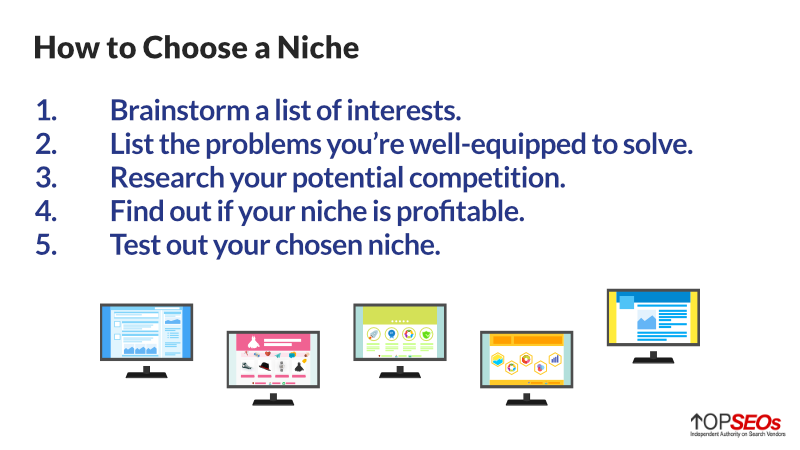
How do you find your niche? Here are five easy steps:
- Brainstorm a list of your interests.
- List the problems that you’re well-equipped to solve.
- Research your potential competition.
- Find out if your niche is profitable.
- Test out your chosen niche.
And, yes, you can still do this even if you already have an established site and business.
A quick note: If you adopt a niche after you’ve already started getting traffic from your content, your traffic might drop. However, you’re likely to see that sales go up because you’re bringing in the right traffic.
Once you’ve found decided on a niche, you can find the keywords you need to start using.
2. Write About the Right Topics
You already know that SEO is the best way to get long-term results from your marketing efforts. Ranking well in Google and other search engines will get you consistent streams of organic traffic to your site.
You just need to make sure you’re writing about the topics people are searching for related to your business.
If you’ve already found a niche, you’re on your way.
Next, you’ll want to find keywords. One of the fastest ways to find the keywords you should be writing about is by using the best keyword research tools.
We recommend focusing on high-volume, low-competition keywords. These are keywords that a lot of people are searching for each month, but that are easy to rank for.
This is your low-hanging fruit.
Before you work on other keywords, make sure that you have high-quality content on your site for these high-volume, low-competition keywords.
You can find this information by searching for a target keyword in your SEO software. Here’s what it might look like:
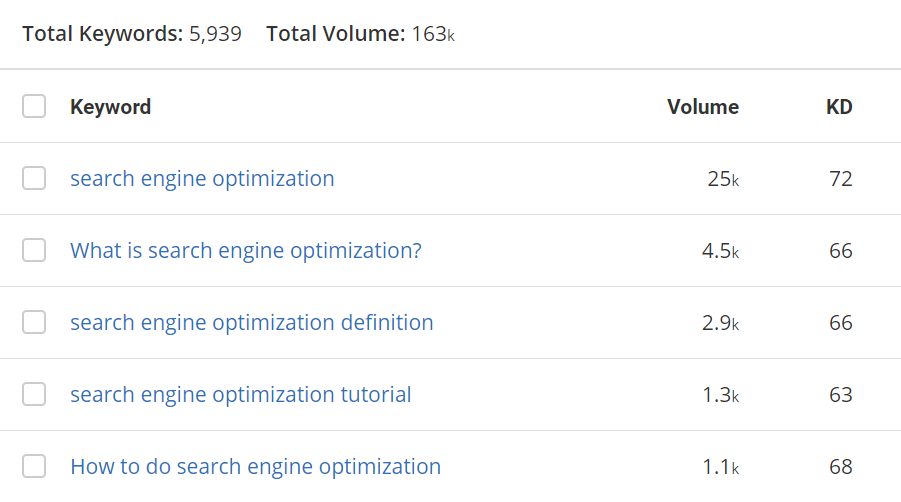
You can see keywords related to your target keyword along with the volume and something called “KD.”
Volume is search volume, which is the number of searches for this particular keyword each month. KD stands for “Keyword Difficulty,” which is how hard it is to rank for a particular keyword.
Keyword Difficulty is measured on a scale of 0–100, with zero being super easy to rank for and 100 being nearly impossible.
3. Write More List Posts
So, what kind of content should you create?
While the content you create for your site should be varied, you should probably be writing more list posts.
List posts are articles with headlines that feature a numbered collection of things. Then, in the article, you add detail about those things.
The post you’re reading right now is a list post.
People are naturally drawn to list posts. They grab attention and keep attention longer because they’re easier to scan.
There’s also a psychological aspect of list posts. When people see a number in your headline, they’re more likely to click thanks to something Robert B. Cialdini, a Regents Professor of Psychology at Arizona State University, calls the “click, whirr” response.
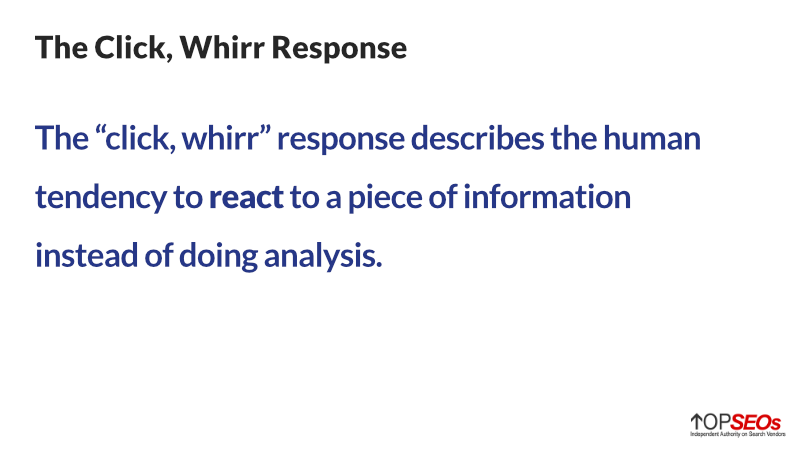
The “click, whirr” response describes the human tendency to react to a piece of information instead of doing analysis.
Basically, we can’t help ourselves.
Pro Tip: List posts are great for bringing in traffic, but not so great at converting that traffic. Throughout your list posts, you should include calls to action that lead your visitors to different content on your site that converts better.
4. Leverage Social Media
Social media is becoming more and more important for businesses that want to drive organic traffic from a highly-engaged audience.
To make sure that you’re getting the most from the social media platforms you use, you need to stay up to date with new features and start using them to your benefit as soon as you can.
It’s also beneficial to experiment with the social media platforms you use. Instead of just using the “big ones” like Facebook, Instagram, and Twitter, consider adding YouTube, TikTok, or Pinterest to the mix.
Of course, you’ll want to take a look at who uses each of the platforms you’re considering. If your target audience isn’t using the platform, you don’t need to either.
When you use social media, there are a couple of things that are vitally important.
First, your social media posts should add value. You don’t want to just post for the sake of posting. Create content that resonates with your target audience.
Second, you need to engage with your audience. Social media is a great way to build community and turn followers into customers into advocates for your brand.
Want to learn more about the importance of social media? Check out this article about the role of social media in SEO.
5. Start Guest Posting
Guest posting is a great way to get high-quality backlinks that show search engines your content is valuable and important within your industry.
Your link building strategy shouldn’t be solely based on guest posting, but guest posting should definitely be a strong component.
Guest posting is a proactive way to strengthen your backlink profile and get more targeted traffic to your site. Plus, you’ll be building relationships with other thought leaders in your niche and industry while getting your content in front of readers and visitors who are interested in what you have to say.
Typically, guest posting involves an exchange like swapping guest posts on each other’s sites.
6. Update Outdated Content
SEO is not a “set it and forget it” thing. Over time, your content is going to grow stale and lose rank. To keep that from happening, you’ll need to regularly update your content.
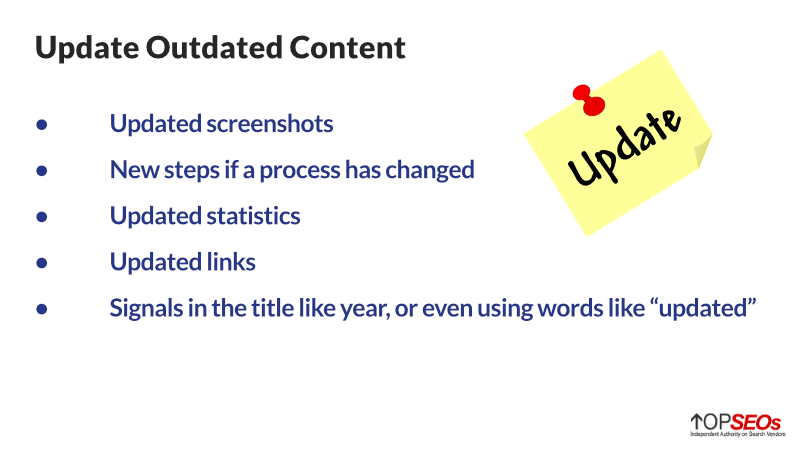
Start by finding the content that is no longer relevant or is outdated and refresh that content using:
- Updated screenshots
- New steps if a process has changed
- Updated statistics
- Updated links
- Signals in the title like year, or even using words like “updated”
You can find pages that aren’t performing as well as they once were using Google Analytics. Then, look at the pages that are currently ranking for your target keywords from those posts.
Sometimes you may be able to just give the article a little refresh, other times you may find that the article needs to be entirely rewritten.
Your goal is to create evergreen content. But even “evergreen” content doesn’t last forever without an update.
7. Follow Technical SEO Best Practices
Technical SEO is everything that isn’t on the page, so it can quickly get into some complicated terrain. Through technical SEO, your goal is to optimize your site so it can be easily crawled by Google and other search engines.
If search engines are unable to crawl your site, they can’t index your site. If they can’t index your site, good luck ranking.
And we all know that if you don’t rank, you’re not going to get any traffic.
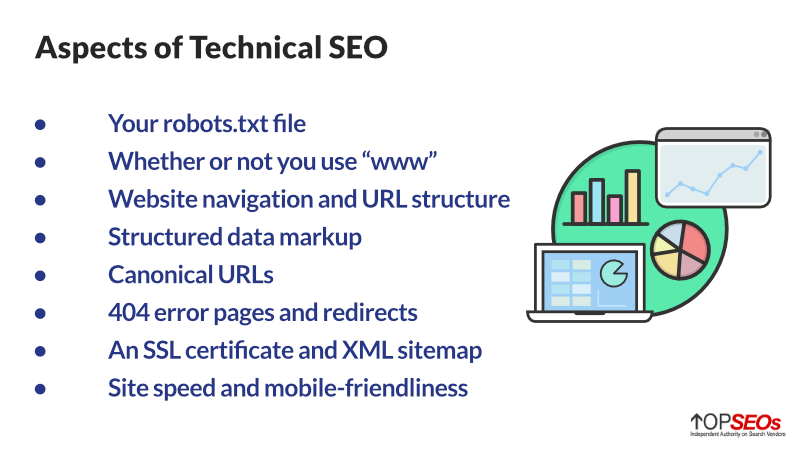
Technical SEO touches on the infrastructure and architecture of your site and requires optimization on things like:
- Your robots.txt file
- Whether or not you use “www”
- Website navigation and URL structure
- Structured data markup
- Canonical URLs
- 404 error pages and redirects
- An SSL certificate and XML sitemap
- Site speed and mobile-friendliness
You can use Google Search Console to help with some aspects of technical SEO, but it can get really complicated, really fast. To get the most from your technical SEO, you may want to hire an SEO company.
8. Build an Email List
Another great way to keep current customers and readers coming back is by building and using an email list. This way, when you post new content, you can let your subscribers know.
Repeat traffic means more opportunity to get your message in front of people who already like your brand. This can mean better conversions and higher average order values.
There are plenty of lead generation software applications out there that you can use to build your email list.
To improve the likelihood that people will sign up for your email list, you can use incentives like:
- Gated content only accessible to subscribers
- Special offers and discounts
- Early-access offers
To build your email list you’ll need to include calls to action and signup forms on your site, encouraging signups.
Keep the signup process simple. We recommend only asking for a name and email address. You can ask for more information later. For now, though, you just want to make it easy for a subscriber to get on your list.
9. Advertise
Not all traffic needs to be organic. Paid search, social media ads, and display ads are great ways to get more traffic, increase brand awareness, and boost sales.
Each digital advertising platform has its own strengths, weaknesses, and requirements, but they all tend to provide audience targeting features you can use to drive highly-targeted, interested traffic to your site.
10. Hire the Right Digital Marketing Agency
Getting more traffic to your site is just one small piece of a strong digital marketing strategy. You need a strategy and the right tactics to get more traffic, convert that traffic, and keep people coming back—all while maintaining a profit.
Finding the best digital marketing agency can help!
A digital marketing agency can take on the work of keeping your content updated and optimized, and even handle your social media and advertising.
That means you can focus on what you’re good at and leave the digital marketing to the experts.
Wrapping Up
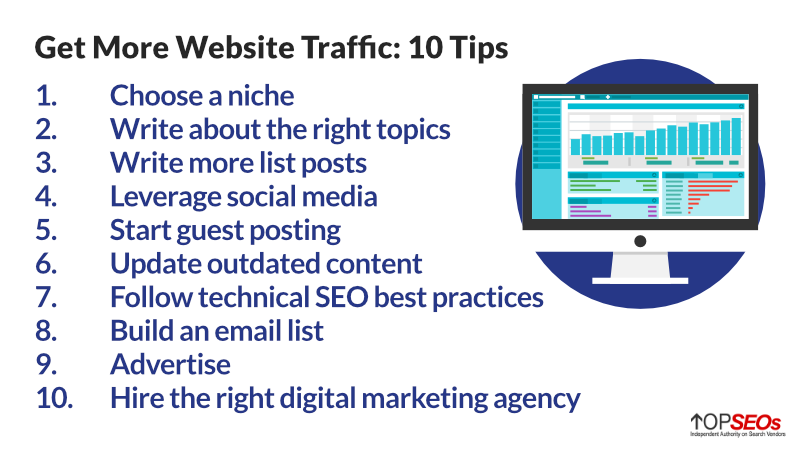
Now you have ten great tactics you can use to get more traffic to your website! You can try one, two, or all of them. Just be sure to keep checking your analytics to make sure that what you’re doing is having the positive impact you want.
Now that you know all about driving traffic to your site, why not take the next step and learn how to optimize that traffic for conversions with our conversion rate optimization playbook?




















